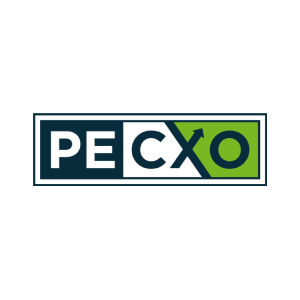- TAM, or total addressable market (also known as the total available market), refers to the total market demand for a product or service. It represents the potential revenue for a business in a 100% market share scenario.
- Customer demand and industry pricing influence TAM and should be reflected in its analysis and implementation.
- TAM calculations provide strategic insight and can better inform business decision making.
Sizing the Market: TAM, SAM, and SOM
TAM, or total addressable market, is the total market demand for a product or service. It represents the overall revenue opportunity for a business if it were to achieve 100% of the market share. Because TAM does not reflect competition, two other metrics, SAM and SOM, are often used during market analyses to hone in on a more accurate TAM calculation.
SAM, or serviceable available market, addresses certain limitations within TAM, such as geographic location or business model, that could inhibit the business from servicing all of the total available market. Businesses use SAM to estimate what portion of the market they could potentially acquire in order to determine sales targets. On the other hand, SOM, (share of market or serviceable obtainable market), takes into account competition and current market influences to assess how many customers would reasonably buy the product or service. Typically, businesses use SOM to identify short-term sales prospects and growth targets.
While SAM and SOM are helpful when setting interim metrics, accurately defining the TAM is crucial to determining the overall strategy for the business, estimating revenue projections, assessing potential markets to expand to and determining how to best invest in sales and marketing resources. Most importantly, a well-defined TAM can hone the long-term direction of the business and help to capture and maintain investor interest with an attractive yet realistic value proposition.
